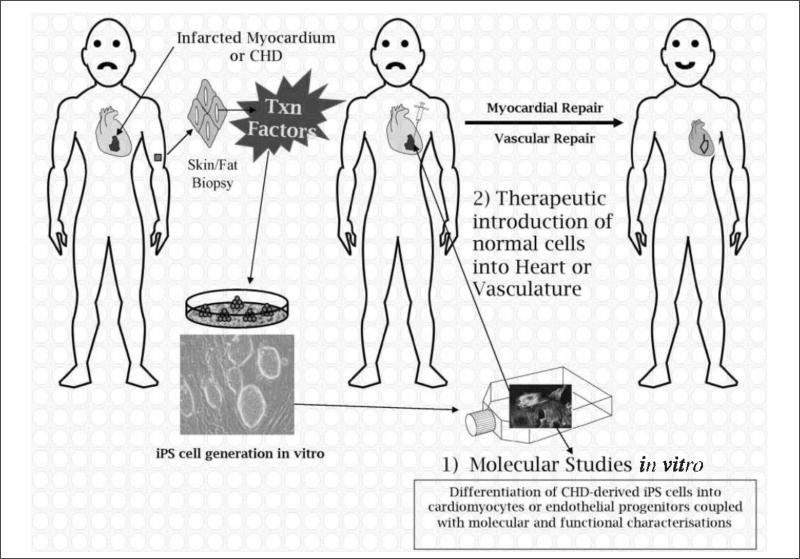Figure 3. Schematic illustration of the generation of iPS cells and how these cells can theoretically be employed to study 1) molecular mechanisms in vitro or 2) used for therapeutic interventions in humans.
In the case of myocardial infarctions (or vascular defects), iPS cells could be generated from a patient, differentiated to cardiomyocytes (or endothelial cells) and reintroduced into the damaged tissue to elicit repair. Where iPS cells are produced from patients with CHDs of unknown aetiology, the aim would be to determine the cause of the disease in vitro, and not to produce iPS cells for repair, unless the genetic defect could be repaired in vitro prior to introduction of corrected cells back into the host (see Therapeutic applications for details). CHD, congenital heart defect; Txn factors, transcription factors (Oct4, Sox2, Nanog, Lin28).

